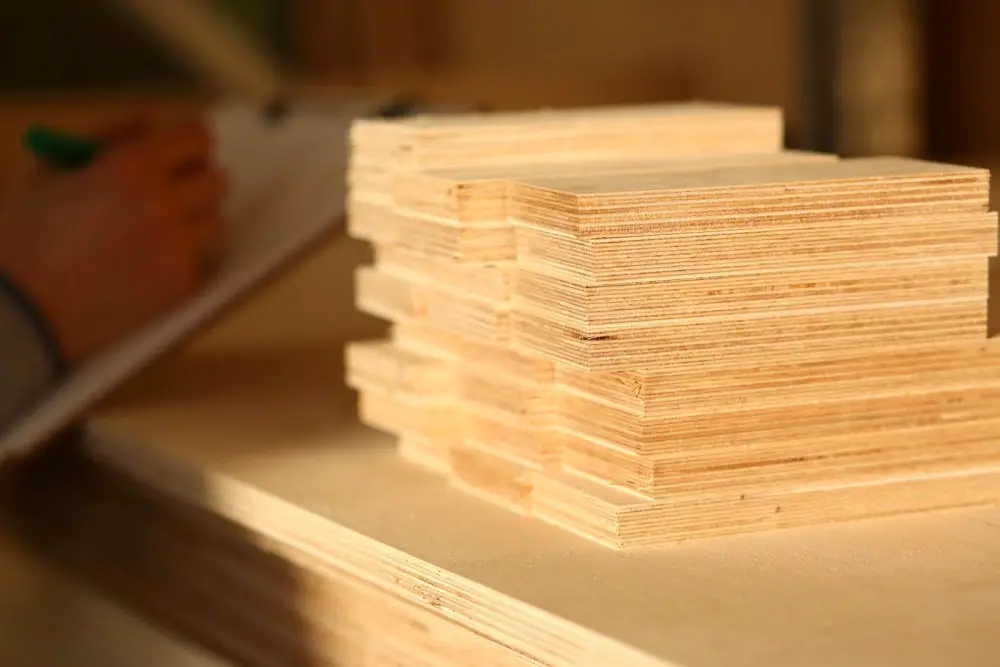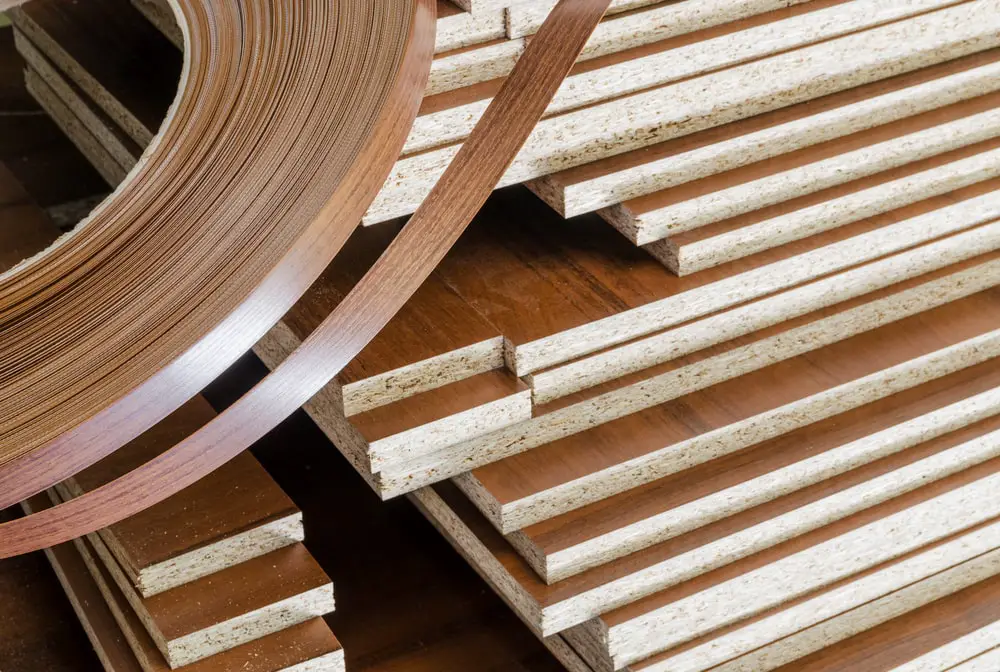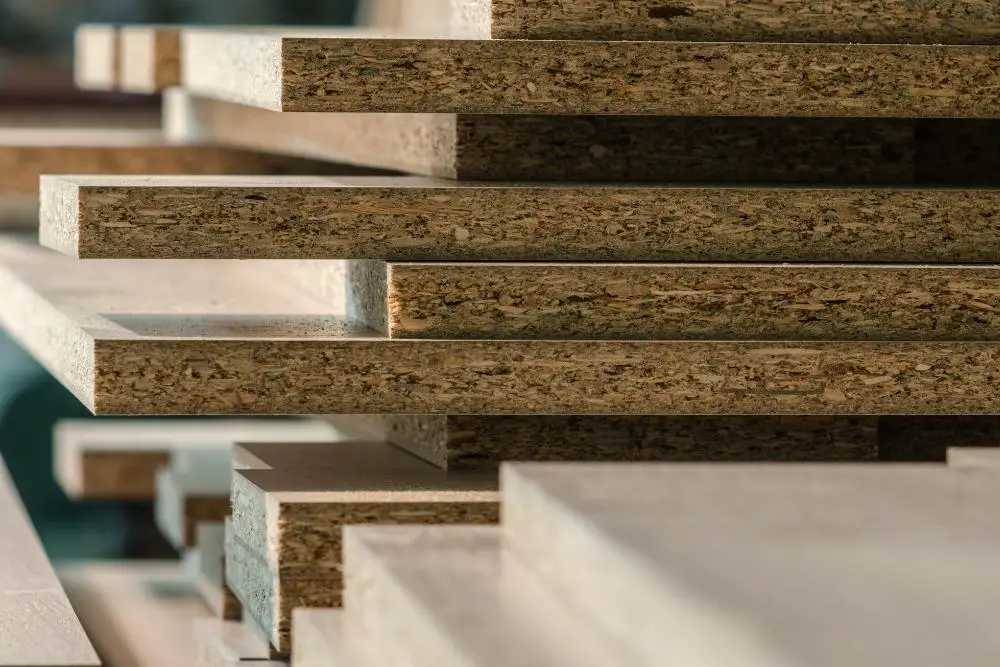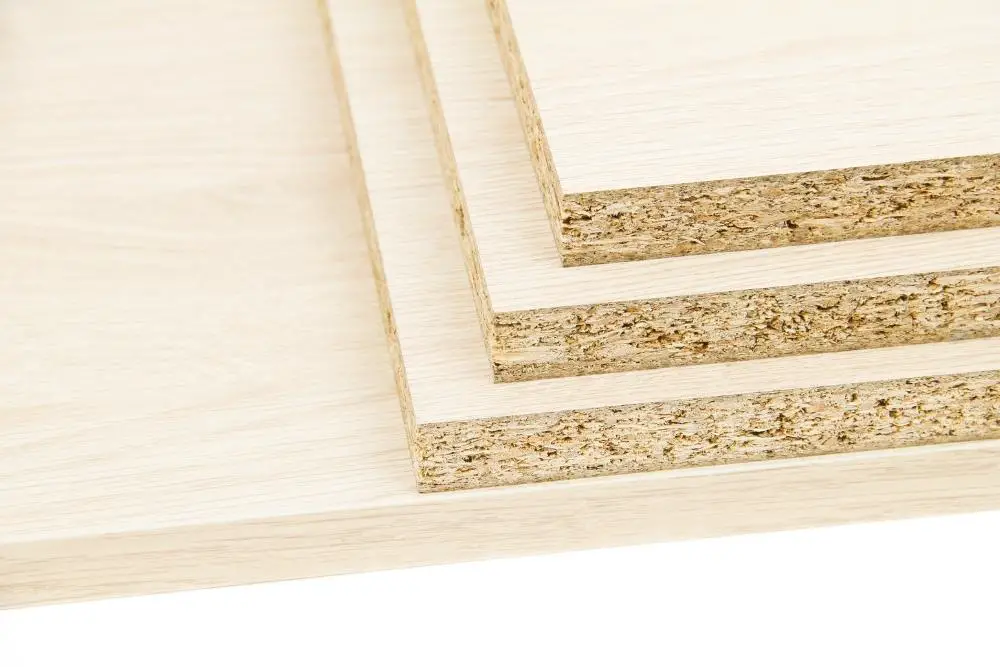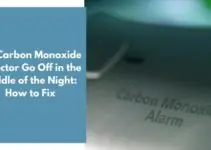Due to its versatile properties, you can use medium-density fiberboard (MDF) in various home projects, such as wall panels, trim, and cabinets. You can also use it for alternative wood products, such as plywood. Most of the time, standard MDFs are placed indoors and are far away from water.
MDF can get wet. But like most wood products, standard medium density fiberboard (MDF) can get damaged by high moisture levels and water. Due to nature, it can suck moisture like a sponge, which can distort and cause swelling.
This article will teach you what will happen when MDF absorbs too much water and how to salvage it.
Contents
Why Do People Love MDF?
This type of wood is cheap to produce and is generally strong enough to work well in various household furniture. It is also easy to manipulate. It is also reasonably light when compared to other types of wood.
You can use it to make a chest of drawers that’s not too heavy to carry on your own. You can also use it to create an outdoor sign that will last for decades.
Today, it’s possible to buy water-resistant medium-density fiberboard (MDF) that will work well in areas with high humidity and damp conditions. This type of wood will retain its shape and integrity for a long time.
Convenient and Versatile
Aside from being incredibly resilient, you can also treat MDF to make it more water and moisture-resistant. Doing so will help prevent it from deteriorating.
When water gets into your MDF, it can cause it to expand and shrink. It is not ideal for furniture, as it can freeze when exposed to heat.
By How It’s Made
If you put pressure on the surface of your MDF, then it will not allow water to seep through. However, it will seep into the wood once it absorbs the water vapor.
It takes a long time for the water to absorb the various wood components fully. Most commonly, you will see swollen edges on MDF. The water was most likely to enter the area where the chemical and glue elements stayed.
Doing so can help stop water from getting into the MDF. Although it is relatively easy to waterproof, it will not last very long under flood conditions.
If the surface of your furniture is still moist, it will likely become moldy. You can either remove the entire table or replace it with a new one.
Is MR MDF Waterproof?
Moisture-resistant or MR MDF is a type of wood made to resist the effects of humid and moisture conditions. It’s also known as green MDF since it’s given a green core color. Some manufacturers of this type of wood retain the traditional brown color of their products.
Although standard wood products can fail in certain areas, such as basements and garage areas, MR products are for these areas due to their ability to resist moisture and harsh weather conditions.
MR products are waterproof, but you should still use them in areas that can get submerged in water or moisture for a prolonged period. MR products should be painted and sealed.
In most cases, MR products are ideal for use in areas prone to high humidity and moisture conditions, such as basements and bathrooms. As long as the lumber doesn’t get sponged for too long, it should still retain its moisture resistance.
Some of the popular brands known to provide MR products in the US include Armorite, Medex, and Extira. These are all types of wood that you can use in areas prone to high humidity and moisture conditions.
What Can You Do if MDF Gets Wet?
Most standard medium-density fiberboard (MDF) components of various home projects are apparent in the kitchen sink, shelves, and cabinets. When they get wet, make sure you know what to do next. Some of these items can also get exposed to water outside.
Although it’s ideal not to expose your furniture to water and moisture, it’s also essential to avoid getting it wet or soaked.
When the MDF gets wet, immediately remove it from the area to prevent lasting damage. However, even if the damage has already started, it’s still important to thoroughly clean the site to see if you can still repair it.
How Do You Dry Wet MDF?
After removing the excess water from your MDF, use paper towels or other absorbent materials to absorb the water. You can likewise try incorporating baking soda into the area that got wet. However, if the baking soda doesn’t work, brush it off.
You can also help dry the wet MDF by bringing it outside and letting it dry in the sun. However, make sure to bring it inside when the weather gets bad. Use a heat gun or hair dryer to remove the moisture from the surface to speed up the process.
If the water damage has covered a large area, you can also use fans to help pick up the moisture from the surface. However, if the room is too big, you might consider hiring a heat-drying system. It will allow you to dry the large area quickly.
How to Repair Wet MDF?
Although you can repair water-damaged MDF, it is essential to note that the material should not have visible separation or flaking. Also, the distorted or swollen part should not turn too soft. However, if the area has been heavily affected by water, it will still be weaker.
Aside from being used for furniture and various other components, wet MDF also has multiple functions. There are numerous steps involved in repairing it, depending on its role. In most cases, the first few steps are the same for all types of wet MDF.
Before starting any project, make sure that the surface of the MDF is parched. It will prevent it from getting damaged.
After the surface of the MDF has been completely dry, it’s essential to sand the damaged areas using an orbital or a rough grit.
Before starting the project, make sure that the surface of the MDF is dry. Also, remove any loose pieces of the material. It will allow the workers to apply the necessary paint and seal quickly.
Using a wood filler, apply a layer of the material to the damaged areas and let it dry for around 30 minutes. Then, using a sponge, sand the surface thoroughly.
One coat of polyurethane sanding sealer will provide a protective coating to the damaged areas of the MDF. It will prevent the surface from getting wet and allow the paint to dry correctly.
To apply moisture-resistant paint, use a brush or spray paint. After two coats, allow the paint to dry completely.
Frequently Asked Questions
Can Painted MDF Get Wet?
Painted MDF has some moisture resistance, but they do not resist excessive moisture. As long as the paint is intact, it will not get wet. If the surface breaks, water will be able to pass through and cause the MDF to swell.
Even though your painting job may be impressive, your medium-density fiberboard (MDF) may get exposed to humidity and temperature changes. It can cause it to contract and expand, affecting the surface. Eventually, this can lead to minor breaks in the paint surface.
If you plan on using your MDF in wet or semi-wet areas, it’s better to use a medium-density fiberboard instead of a standard one. This type of board provides better moisture protection, and you can use it for projects that require continuous surface protection.
Can You Use MDF in Bathrooms?
Various types of MDFs are in bathrooms. You can use them for multiple applications, such as bathroom vanities and baseboards.
You can use a standard medium-density fiberboard (MDF) in various applications, such as a bathroom vanity or a wall. It should be thoroughly sealed and painted to keep it looking new. First, follow these steps to protect it from water: Let the paint and seal coat dry.
For optimal performance, it’s best to use a moisture-resistant type of MDF instead of the standard type. This material will keep its surface protected from water better than the regular type.
Can MR MDF Be Used Outside?
Not all the time. High moisture and humidity-resistant materials such as MDF protect against harsh weather conditions.
However, not all of these are good when exposed to extreme conditions. For instance, some brands are only good outside if they have a canopy or shade.
Before you initiate a project, it’s paramount to test out the moisture-resistant qualities of your chosen material.
Conclusion
Can MDF get wet? Yes, it can be damp but only up to a certain extent. Standard MDF is not water- and moisture-resistant, and it will swell when it gets wet. Some higher-grade MDFs are designed to resist moisture and will cost more.
You can ask an expert in hardware stores or a hired professional what kind of MDF is best for the area you want to put it in.


